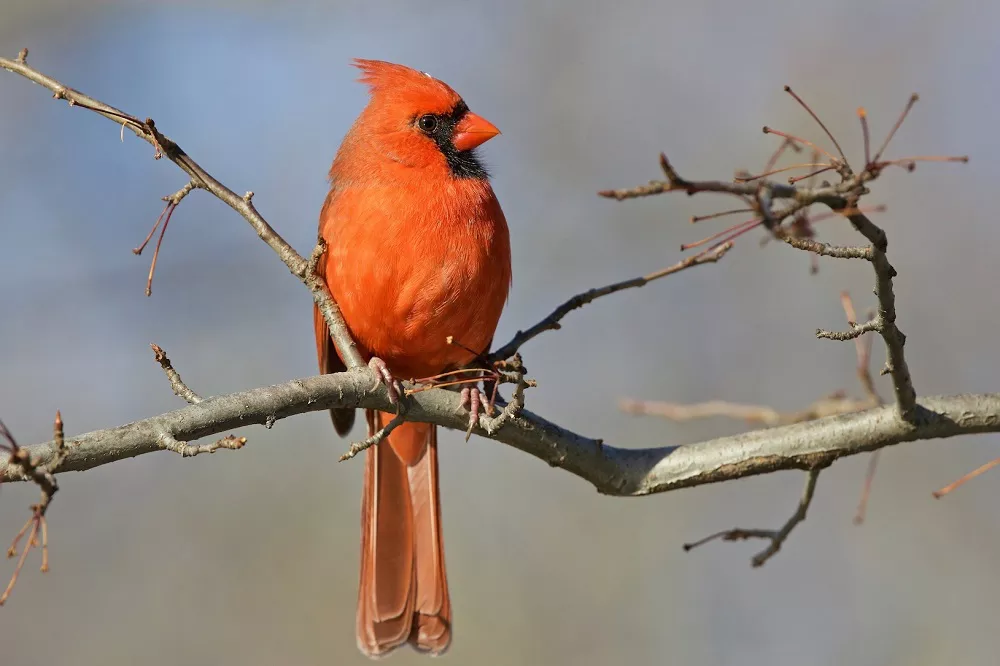Cardinals are renowned for their vibrant red plumage and melodious songs, making them one of the most beloved bird species in North America. While their daytime activities, such as foraging and singing, are well-documented, less is known about where cardinals sleep at night. This article explores the sleeping habits of cardinals, including their preferred roosting locations, behaviors, and adaptations that help ensure a restful night’s sleep.
Preferred Roosting Locations:
Cardinals exhibit some degree of flexibility when it comes to selecting their sleeping spots, but they generally favor dense vegetation for their nightly rest. Common choices for cardinal roosting sites include thick shrubs, evergreen trees, and the inner branches of deciduous trees. The dense foliage offers protection from predators, shelter from harsh weather conditions, and a sense of seclusion, allowing cardinals to sleep undisturbed.
Group Roosting Behavior:
During the breeding season, male and female cardinals typically maintain separate territories. However, outside of the breeding period, they may gather in loose flocks and exhibit a communal roosting behavior. This group roosting behavior provides additional safety and increases the chances of detecting potential threats. Cardinals may huddle closely together on branches, creating a warmer microclimate and enhancing their collective defense against predators.
Adaptations for Sleep:
Cardinals have evolved certain adaptations to ensure a restful sleep. Their strong feet and talons enable them to grip branches tightly, preventing them from falling while asleep. Additionally, they have the ability to rotate their heads almost 180 degrees, allowing them to scan their surroundings for any signs of danger even while resting. This keen situational awareness helps them stay vigilant and react swiftly to potential threats.
Nocturnal Predators and Vigilance:
Although cardinals are diurnal birds, meaning they are most active during the day, they remain alert and cautious during the night. Nocturnal predators such as owls, raccoons, and domestic cats pose risks to sleeping cardinals. To mitigate these threats, cardinals often seek secure roosting locations deep within shrubs or trees, where they can remain hidden and minimize the chances of being detected by predators.
Environmental Factors:
Environmental conditions play a role in cardinal sleeping patterns. During colder seasons, cardinals may seek sheltered spots, such as dense evergreen foliage, to provide protection from cold winds and maintain a slightly warmer microclimate. In warmer months, they may choose more open roosting locations to benefit from increased airflow and reduce heat build-up.
Conclusion:
While cardinals are known for their vibrant plumage and beautiful songs, their sleeping habits are a lesser-known aspect of their behavior. They typically choose dense vegetation such as shrubs and trees for their nocturnal rest, often adopting group roosting behavior for added safety. Adaptations like strong feet and vigilant head movement aid in their restful sleep while staying vigilant against potential threats. Understanding these sleeping habits enhances our appreciation for these charismatic birds and underscores the importance of providing suitable habitats for their continued well-being.
Related topics:


 Facebook
Facebook  Instagram
Instagram  Youtube
Youtube 